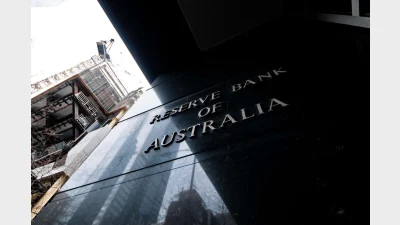More Australians retiring with second homes


More Australians are retiring with a second property and a decreased share in the family home, according to research from the Australian Housing and Urban Research Institute (AHURI), suggesting that retiring households were not re-structuring their financial assets or boosting levels of owner-occupied housing to make sure they were eligible for the age pension.
The research analysed data collected between 2002 and 2014, and found the number of households retiring with a second property grew from around one quarter to 30 per cent.
AHURI also found that the share of owner-occupied housing in a retired household’s asset portfolio had fallen from 46 per cent in 2002 to 39 per cent in 2014.
The report proposed that the age pension could be structured over time to become “tenure neutral”, by adjusting the respective thresholds for individuals or households that do and do not own property.
Associate professor from the University of Sydney, Stephen Whelan, said retirement income policy and the place of housing in that framework is complex, and any tax reforms should be fair, sustainable and promote efficiency.
“It is critical that changes to retirement income policy provide sufficient time and guidance for individuals to make appropriate decisions in the life-cycle context,” said Whelan.
Recommended for you
Governor Michele Bullock took a more hawkish stance on Tuesday, raising concerns over Donald Trump’s escalating tariffs, which sent economists in different directions with their predictions.
Equity Trustees has announced the appointment of Jocelyn Furlan to the Superannuation Limited (ETSL) and HTFS Nominees Pty Ltd (HTFS) boards, which have oversight of one of the companies’ fastest growing trustee services.
Following growing criticism of the superannuation industry’s influence on capital markets and its increasing exposure to private assets, as well as regulators’ concerns about potential risks to financial stability, ASFA has released new research pushing back on these narratives.
A US-based infrastructure specialist has welcomed the $93 billion fund as a cornerstone investor.












